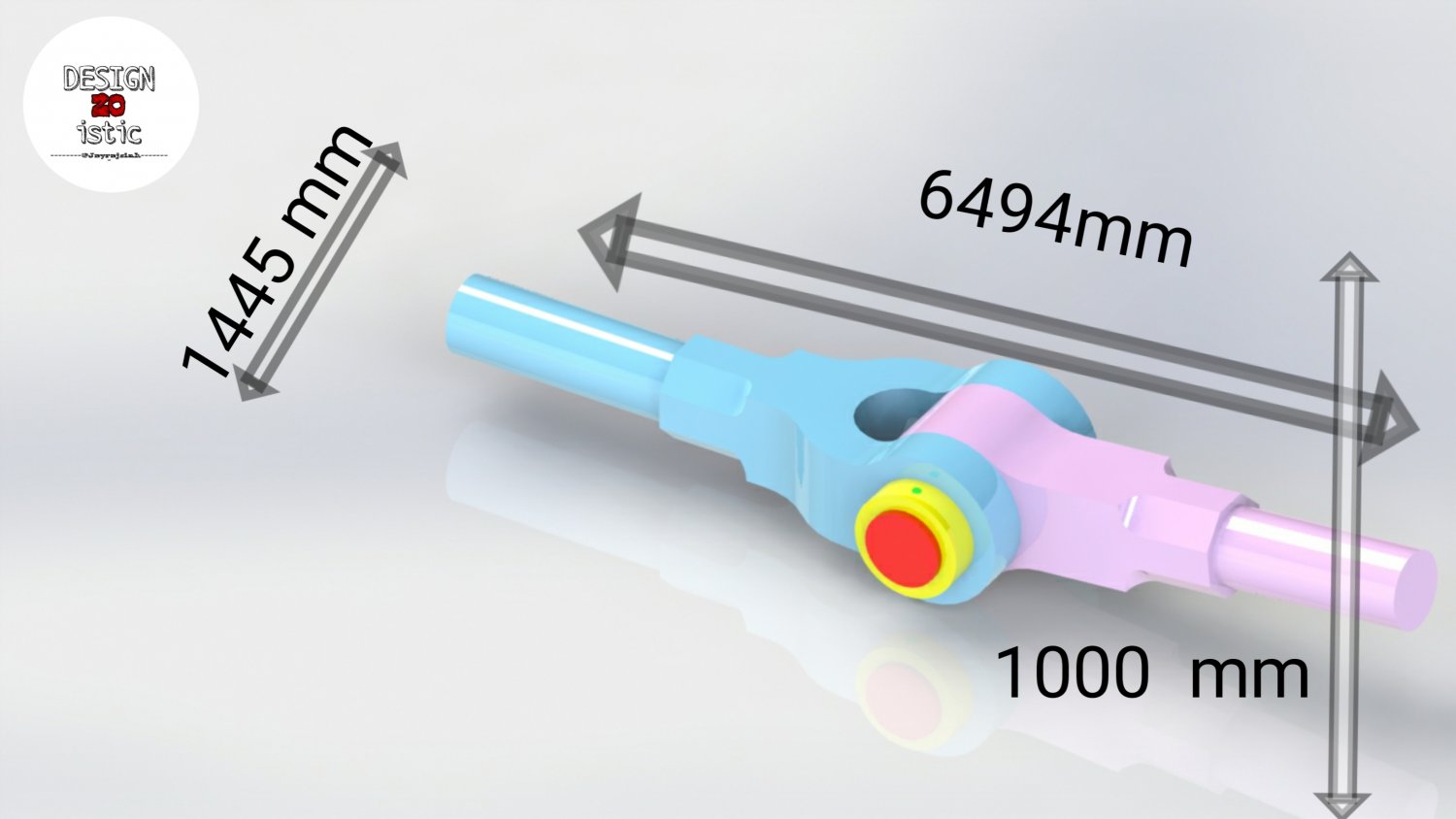
In other words, the condition is satisfied if S + L ≤ P + Q, where S is the shortest link, L is the longest, and P and Q are the other links. The Grashof condition for a four-bar linkage states: If the sum of the shortest and longest link of a planar quadrilateral linkage is less than or equal to the sum of the remaining two links, then the shortest link can rotate fully with respect to a neighboring link. Some authors do not distinguish between the types of rocker. A π-rocker: can rotate through a limited range of angles which includes 180° but not 0°.A 0-rocker: can rotate through a limited range of angles which includes 0° but not 180°.
 A rocker: can rotate through a limited range of angles which does not include 0° or 180°. The last link is the floating link, which is also called a coupler or connecting rod because it connects an input to the output.Īssuming the frame is horizontal there are four possibilities for the input and output links: The two links connected to the frame are called the grounded links and are generally the input and output links of the system, sometimes called the input link and output link. One link of the chain is usually fixed, and is called the ground link, fixed link, or the frame. Planar quadrilateral linkage, RRRR or 4R linkages have four rotating joints. Planar four-bar linkages can be designed to guide a wide variety of movements. The kinematics and dynamics of planar four-bar linkages are important topics in mechanical engineering. Planar four-bar linkages are important mechanisms found in machines. If the directions of movement of the two sliders are perpendicular then the trajectories of the points in the coupler are ellipses and the linkage is known as an elliptical trammel, or the Trammel of Archimedes. This linkage is constructed by connecting two sliders with a coupler link. Two revolute joints and two prismatic joints: The double slider is a PRRP linkage.
A rocker: can rotate through a limited range of angles which does not include 0° or 180°. The last link is the floating link, which is also called a coupler or connecting rod because it connects an input to the output.Īssuming the frame is horizontal there are four possibilities for the input and output links: The two links connected to the frame are called the grounded links and are generally the input and output links of the system, sometimes called the input link and output link. One link of the chain is usually fixed, and is called the ground link, fixed link, or the frame. Planar quadrilateral linkage, RRRR or 4R linkages have four rotating joints. Planar four-bar linkages can be designed to guide a wide variety of movements. The kinematics and dynamics of planar four-bar linkages are important topics in mechanical engineering. Planar four-bar linkages are important mechanisms found in machines. If the directions of movement of the two sliders are perpendicular then the trajectories of the points in the coupler are ellipses and the linkage is known as an elliptical trammel, or the Trammel of Archimedes. This linkage is constructed by connecting two sliders with a coupler link. Two revolute joints and two prismatic joints: The double slider is a PRRP linkage. 

Or it can be constructed as a two cranks with the slider acting as the coupler, known as an inverted slider-crank. It can be constructed with crank and a slider connected by the connecting rod. Three revolute joints and a prismatic joint: The slider-crank linkage is constructed from four links connected by three revolute and one prismatic joint, or RRRP.It consists of two cranks connected by a coupler.

Four revolute joints: The planar quadrilateral linkage is formed by four links and four revolute joints, denoted RRRR. There are three basic types of planar four-bar linkage depending on the use of revolute or prismatic joints: A coupler that connects a crank and a slider is often called a connecting rod. The link that connects two cranks is called a floating link or coupler. Sliders are sometimes considered to be cranks that have a hinged pivot at an extremely long distance away perpendicular to the travel of the slider. A link connected to ground by a prismatic joint is called a slider. A joint may be either a revolute, that is a hinged joint, denoted by R, or a prismatic, as sliding joint, denoted by P.Ī link connected to ground by a hinged joint is usually called a crank. Planar four-bar linkages are constructed from four links connected in a loop by four one- degree-of-freedom joints. 5 Spherical and spatial four-bar linkages.








 0 kommentar(er)
0 kommentar(er)
